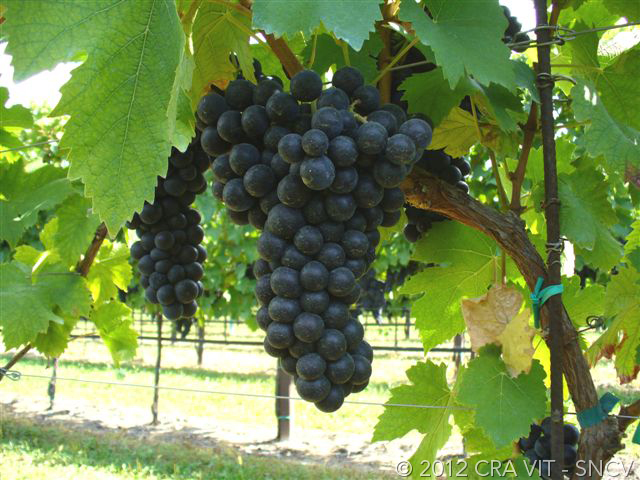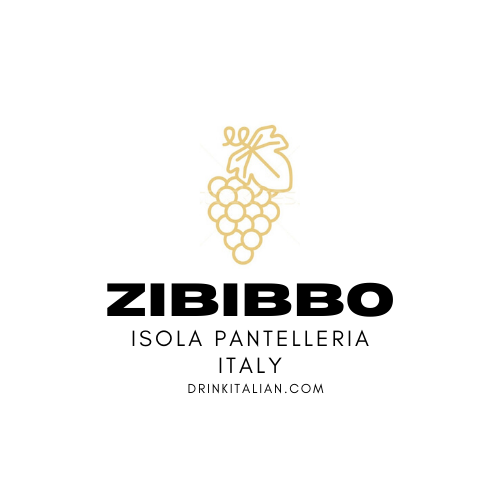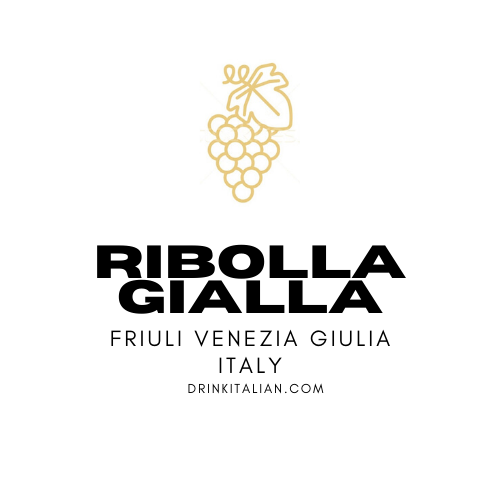What Is the Aleatico Grape?
The Aleatico grape is a rare and intensely aromatic red variety grown primarily in central and southern Italy. Best known for its sweet passito-style wines, Aleatico stands out for its floral bouquet, red berry flavors, and long history rooted in the Italian peninsula. This grape is especially beloved on the Island of Elba, where it forms the backbone of one of Italy’s most distinctive dessert wines.

Table of Contents
Quick Facts / Grape Snapshot on Aleatico Grape
- Color: Red (aromatic)
- Synonyms: Leatico, Red Moscatel, Livatica
- Parentage: Likely a genetic mutation or descendant of Muscat Blanc à Petits Grains
- Primary Styles: Sweet red (passito), dry red (rare)
- Regions Grown: Elba (Tuscany), Lazio, Puglia, Umbria, Marche
- Notable DOCG: Aleatico Passito dell’Elba DOCG
- Aroma Profile: Rose, violets, wild strawberry, red cherry
- Wine Body: Medium to full, aromatic
Origin & History
Aleatico has ancient origins, with theories tracing it to Greece or the Middle East, though it has long been associated with central Italy. It was likely brought to Italy during Roman times and thrived in coastal and volcanic terrains. The grape gained prominence in Tuscany, particularly on Elba, and has been enjoyed by nobility and literary figures for centuries.
Vineyard Characteristics (Ampelography, Viticulture)
Aleatico vines are moderately vigorous and adapt well to various training systems. The bunches are medium-sized, cylindrical, and somewhat loose, with small, dark red berries. The skin is rich in phenolic compounds, aiding in the production of structured wines. It ripens mid-to-late season and can be sensitive to rot, requiring good vineyard ventilation.
Climate & Terroir
Aleatico prefers warm, sunny climates with good exposure and well-drained soils. It thrives particularly well in volcanic or mineral-rich areas like Elba. Proximity to the coast or lakes (as in Gradoli near Lake Bolsena) helps moderate temperatures and enhance aromatic complexity.
Winemaking & Styles
Aleatico is traditionally used to produce sweet wines via the passito method: grapes are harvested, then dried on mats or racks to concentrate sugars and aromas before fermentation. Some modern producers experiment with dry still wines or lightly sparkling versions, but these are rare. Oak aging may be employed for additional complexity.
Wine Profile: Tasting Notes & Structure
- Color: Bright ruby red, sometimes with garnet hues in older wines
- Aroma: Intense and perfumed—rose petals, violets, dried cherries, cinnamon, raspberry jam
- Palate: Sweet yet balanced, with red fruit, baking spices, floral lift, and a lingering finish
- Structure: Medium acidity, soft tannins, medium body
Food Pairings & Occasions
Aleatico pairs beautifully with:
- Chocolate-based desserts (especially dark chocolate)
- Berry tarts or pastries
- Blue cheeses like Gorgonzola Dolce
- As a meditation wine: best enjoyed slowly, perhaps after a meal or with biscotti
Similar Grapes & Confusions
Aleatico is often confused with:
- Moscato Nero: Similar aromatics but lighter body
- Brachetto: From Piedmont, also aromatic and used in sparkling sweet reds
- Vernaccia Nera: Found in Le Marche, shares spice and red fruit notes
- Muscat Blanc à Petits Grains: Aleatico likely descended from it
Some synonyms are Leatico, Livatica, Red Moscatel (Spain), Agliano (some older texts).
Aleatico shows genetic relations with Muscat Blanc à Petits Grains: most likely it is the red-skinned variant of that grape, which explains its intense aromatics and floral character.
Where the Aleatico Grape Grows (Regions, DOCs, Appellations)
- Tuscany: Elba Island (Aleatico Passito dell’Elba DOCG)
- Lazio: Aleatico di Gradoli DOC
- Puglia: Aleatico di Puglia IGT
- Umbria, Marche: Small plantings
- International: Very limited cultivation in Australia, Chile, and California
Legal Status & DOC/DOCG Uses
Other Regions: Permitted in small quantities in other DOCs, but rarely blended
Aleatico Passito dell’Elba DOCG: 100% Aleatico, dried on mats, minimum alcohol 16%
Aleatico di Gradoli DOC (Lazio): Sweet passito, also spumante versions allowed
Aleatico di Puglia IGT: More flexible, often used for experimentation
Market Trends / Availability
Aleatico remains a niche variety, mostly consumed within Italy or by curious collectors abroad. Elba’s DOCG designation has brought more attention in recent years, but production remains small. Increasing interest in aromatic reds and historical varieties may spark renewed interest.
Noteworthy Producers / Wines to Try
- Acquabona (Elba): Elegant and floral
- La Chiusa (Elba): Classic, aged styles
- Terenzi (Maremma): Richer expression
- Paolo Bea (Umbria): Rare dry versions
- Gradoli Producers (Lazio): Spumante passito offerings
Why Drink It / Cultural Notes
Aleatico wines are for lovers of uniqueness and history. Their floral, fruit-forward character, combined with centuries of winemaking tradition, make them an unforgettable tasting experience. The island of Elba’s volcanic soils and sea breezes create wines of distinction—perfect for sipping slowly, sharing with friends, or pairing with your favorite chocolate dessert.
FAQs on Aleatico Grape
Is Aleatico a sweet wine?
Yes, it is most often vinified as a sweet passito wine, though dry versions do exist.
Where is the Aleatico grape grown?
Primarily in Elba (Tuscany), as well as Lazio and Puglia.
What does Aleatico wine taste like?
Expect rose and violet aromas, red berry jam, spice, and a sweet but balanced palate.
Is Aleatico related to Moscato?
Yes, it is likely a red-skinned mutation of Muscat Blanc à Petits Grains.
Can I age Aleatico wine?
Yes—especially passito styles, which can develop beautifully over 5–10 years.
Please come back soon to learn more about Italian wines, spirits, and non-alcoholic beverages.
Send us an email if you want to suggest edits, or if you are looking for more info, at
cheers@drinkitalian.com
Two of the best books about Italian grapes, where some of this information comes from, are:
– Native Grapes of Italy, by Ian d’Agata
– Italian Wine Unplugged, by Steve Kim
Additionally, you can discover the other grapes from Tuscany.


